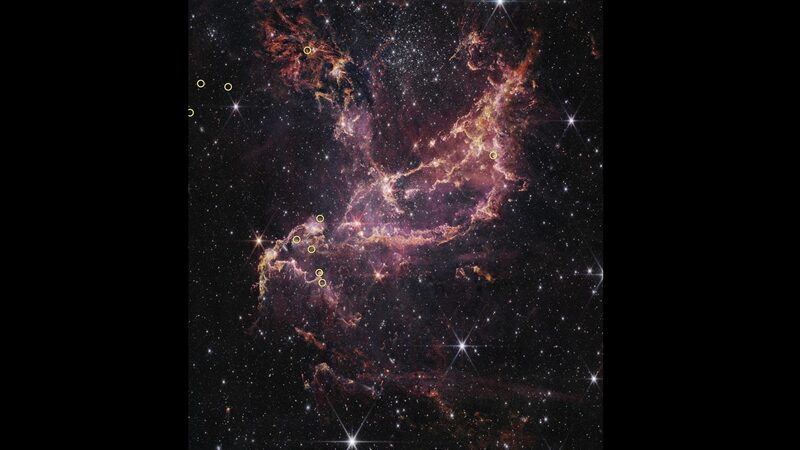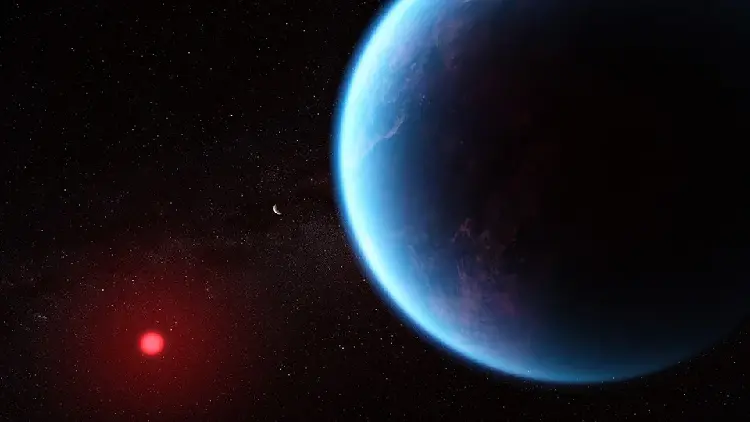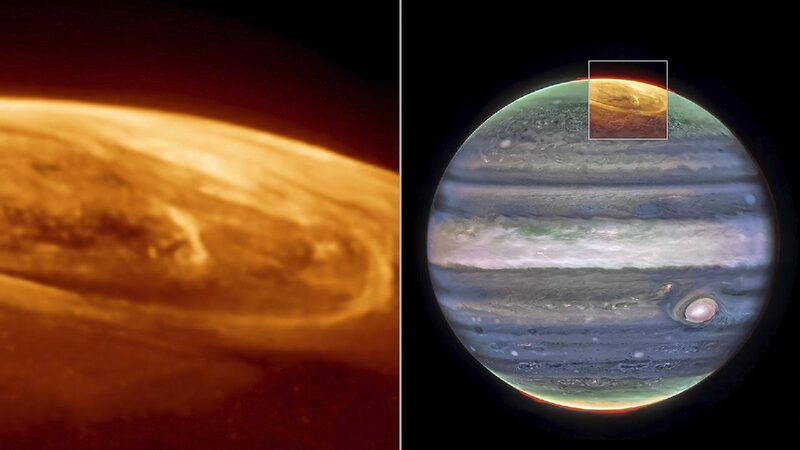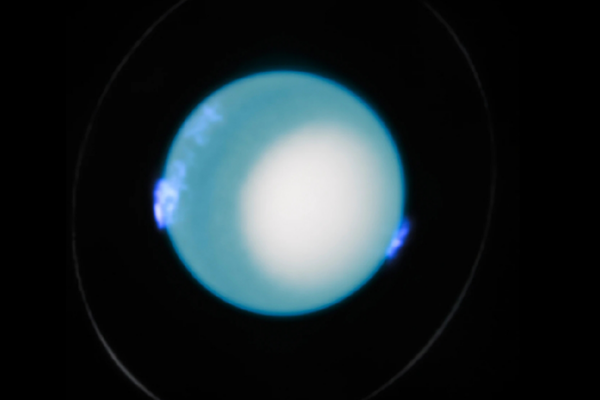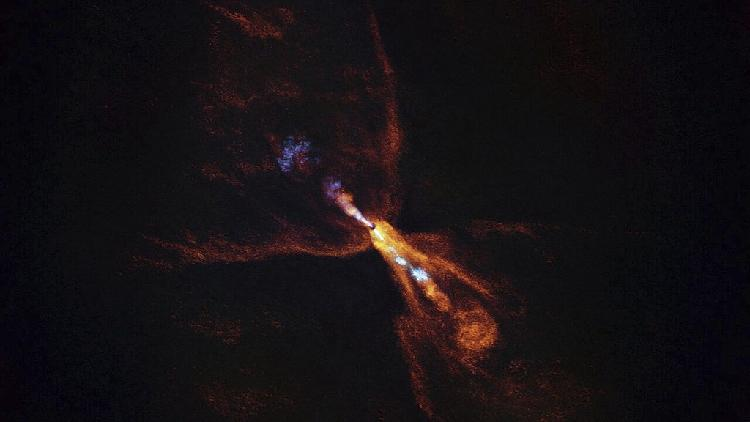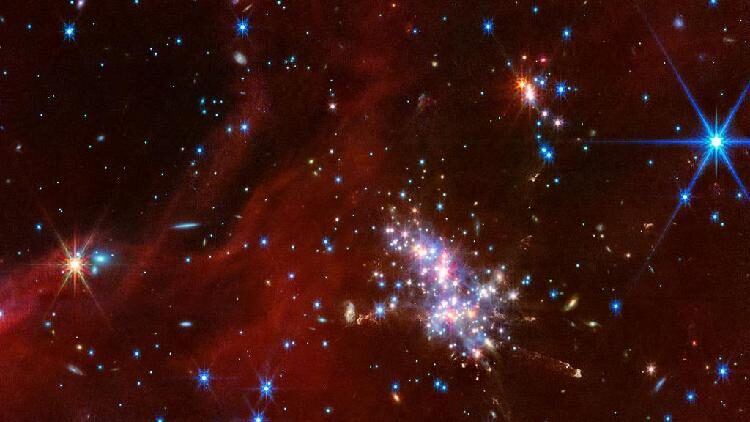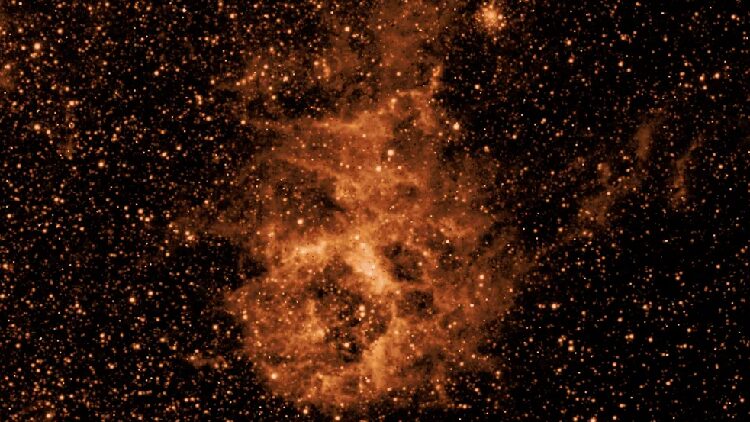NASA’s James Webb Space Telescope has made a groundbreaking discovery, revealing that planet-forming disks in the early universe lasted much longer than previously believed. This finding sheds new light on how planets formed around ancient stars, prompting scientists to rethink models of planet formation in the universe’s youth.
Back in 2003, NASA’s Hubble Space Telescope provided evidence of a massive planet orbiting a very old star, nearly as old as the universe itself. These ancient stars contain only small amounts of heavy elements—the essential building blocks of planets. The implication was that planet formation occurred when the universe was still very young, allowing these planets to form and grow to immense sizes, even larger than Jupiter, within their primordial disks.
To confirm Hubble’s groundbreaking discovery, researchers turned to the more powerful Webb telescope to study stars in a nearby galaxy that mirrors the conditions of the early universe, lacking large amounts of heavy elements. Astonishingly, they found that not only do some of these stars possess planet-forming disks, but these disks also persist longer than those observed around young stars in our Milky Way galaxy.
“With Webb, we have a really strong confirmation of what we saw with Hubble,” said Guido De Marchi of the European Space Research and Technology Centre in the Netherlands. “We must rethink how we model planet formation and early evolution in the young universe.”
This discovery opens up exciting possibilities for understanding how planets formed in the early universe and how these ancient processes compare to planet formation in our own galaxy. The extended lifespan of planet-forming disks in the early universe suggests that planets had more time to form and grow, potentially leading to the creation of massive planets around ancient stars.
Reference(s):
Webb finds planet-forming disks lived longer in early universe
cgtn.com
